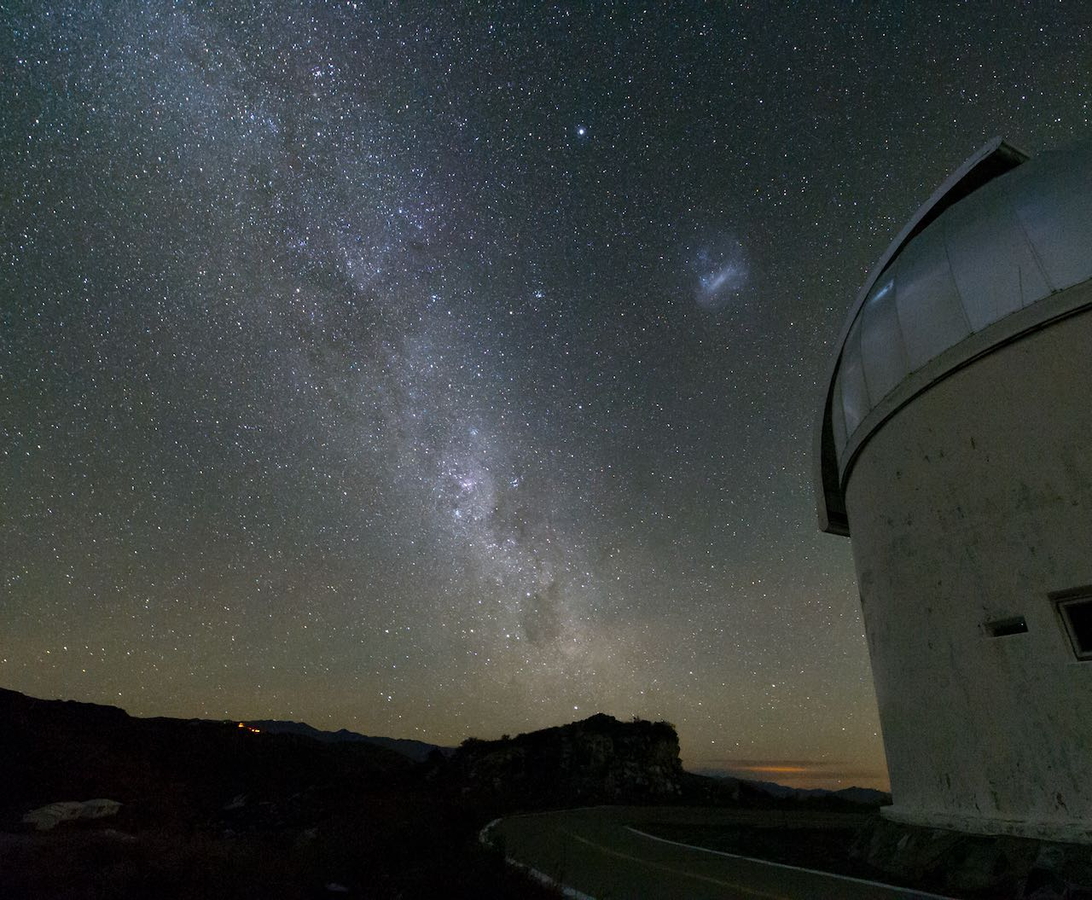Summary
Wolf-Rayet stars are among the most massive and hottest stars in the Universe. Their end-of-life explosions enrich the surrounding environment with heavy metals, and a subset of the black holes they leave behind merge with companions to create gravitational waves. Over the last decade, I've observationally constrained the number of Wolf-Rayet stars in our local, star-forming galaxies of M31, M33, and the Magellanic Clouds. Comparing these results with predictions from stellar evolution models allows us to better understand the formation mechanisms of these massive stars, the relative prevalence and importance of binarity, and their various evolutionary pathways. In this talk I'll give an overview of our current knowledge of Wolf-Rayet stars in the Local Group and highlight my current efforts to make sense of these open questions.
